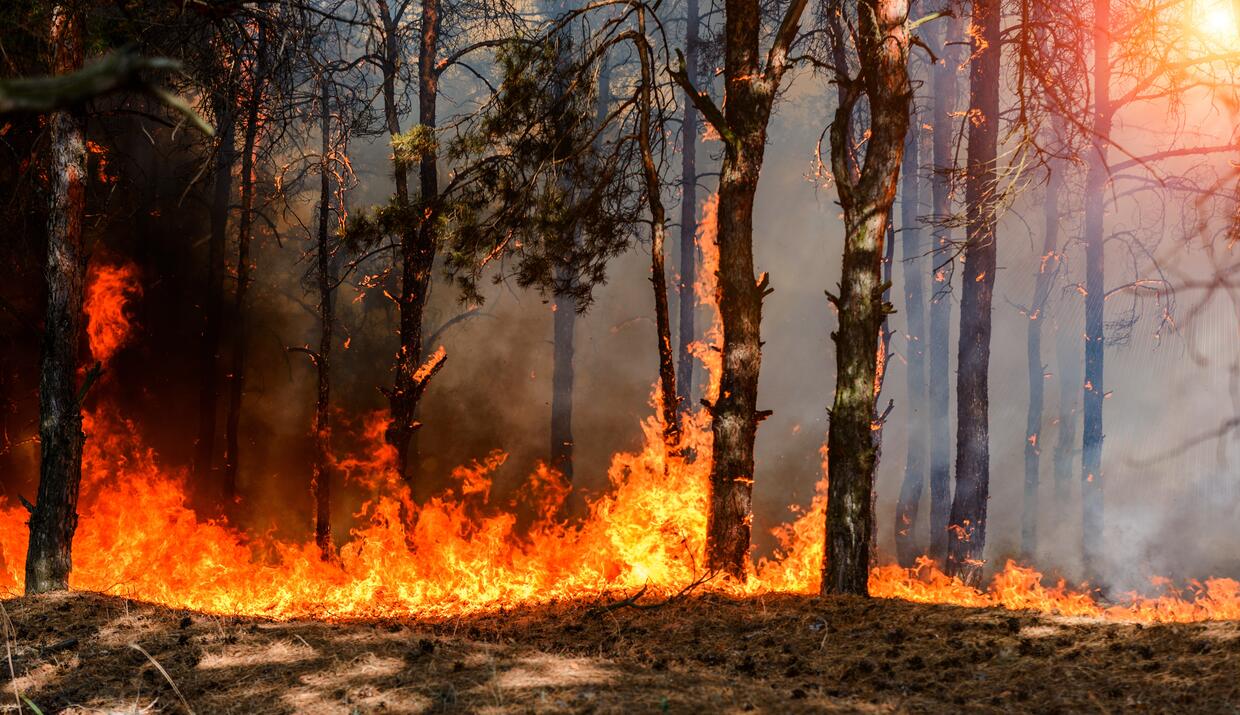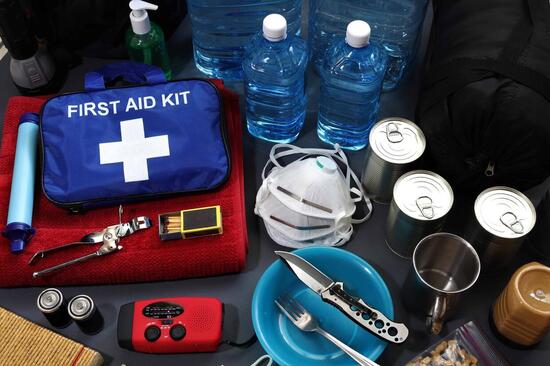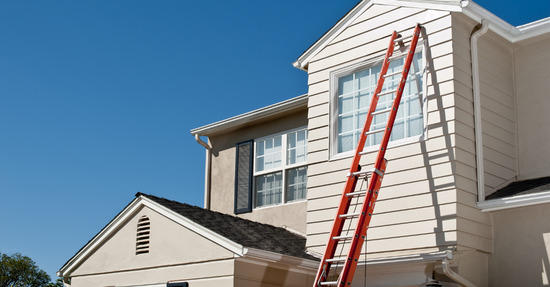
Many dream of settling in near forests or remote mountain sites to enjoy life surrounded by breathtaking scenery. However, while living in woodland settings means relishing the beauty of nature every day, it also means dealing with the risks of falling victim to wildfire anytime.
According to the U.S. Forest Service, around $575 billion worth of housing is directly exposed to wildfire danger. Moreover, 4.5 million homes nationwide are at high or extreme risk of wildfires, with 2.3 million coming from California alone.
Some properties survive after a major wildfire, but many others don’t. One determining factor is how well-prepared residents are for such an event. This fundamentally involves having a fire emergency kit ready and preparing homes for such emergencies.
If you live in California, Texas, Arizona, Arkansas, Colorado, or other states impacted by wildfires, below we offer valuable tips to help you protect your loved ones. Here’s how you can prepare for uncontrolled fires with a list of items to include in your wildfire emergency kit.
Items to Have in Your Fire Evacuation Kit
Even with no threat of a wildfire looming, it’s a good idea to start building your wildfire emergency kit today. Here’s a checklist of the essential items to grab and pack:
- Face masks or coverings
- Three-day supply of non-perishable food items
- Three gallons of water per person
- Manual can opener
- Prescriptions or special medications
- Change of clothing good for 3-5 day
- Sleeping bags or warm blankets
- First aid kit with supplies for treating injuries
- Flashlights, battery-powered radios, and extra batteries
- Eye care (e.g., prescription glasses, contact solution)
- Sanitation supplies and personal toiletries (e.g., toilet paper, extra toothbrushes, toothpaste, deodorant, shampoo, shaving cream, and disposable shavers)
- Copies of important documents (e.g., birth certifications, bank statements, passports, insurance policies, trust, investment, and medical records)
- Credit and debit cards, or cash in small bits in case power outages occur and ATMs are unavailable.
Pack these items inside bags or crates you can easily carry, and do so as early as possible to help ease your evacuation. It’s also a good idea to keep a sturdy pair of shoes near your bed and a flashlight on your bedside table in case of a sudden order to vacate the area.
Lastly, don’t forget about your furry friends. Make sure to include their food, water, medications, travel cages, leash, and litter box in your fire evacuation kit so that they stay comfortable as you move out.
When to Evacuate
You will be advised of evacuation procedures as early as possible if they’re necessary, so it’s crucial that you stay tuned for announcements from the authorities. Once you are urged to leave, grab your fire emergency kit and leave promptly to avoid getting caught in road congestion, fire, or smoke. This also helps keep the roads clear, allowing firefighters to move around and do their job freely.
Once you’ve evacuated, do not return to your home or area until it is determined safe by fire officials. Instead, wait for updates patiently; fire officials consider safety and accessibility when notifying residents to return to their homes.
How To Prepare for Your Home for a Wildfire
f you have time before evacuation, here are some pointers to remember when preparing your home for a looming wildfire:
- Shut all windows and doors to help slow the spread of fire, but leave them unlocked.
- Move all your flammable furniture and items to the center of the room and away from windows and glass doors.
- Keep flammable items like wood piles, propane tanks, lawnmowers, or oil cans at least 30 feet from the house at all times. For items outside your home, like your patio furniture, door mats, and trash cans, bring them inside.
- Remove curtains, window shades, and other flammable fittings, and close the metal shutters.
- Connect your garden hoses to the external water valves for easy access and use by firefighters.
- Place a ladder at the corner of the house and in clear view to give firefighters quick access to your roof in an emergency.
- Turn on the exterior lights and leave a light on in every room to keep your house visible, even in heavy smoke.
Now That Your Fire Emergency Kit Is Ready, What’s Next?
Wildfires often begin unnoticed and spread quickly, and this isn’t good news for you, your loved ones, or your home. Fortunately, preparing a fire safety plan and packing your fire evacuation kit in advance reduces your risks of injuries and extensive property damage. Designing and landscaping your home with wildfire safety in mind moving forward can also help minimize your losses and make it easier for you to get things back to normal.
Complete your preparations by knowing the local experts to call for fire damage. They can help you deal with the aftermath of property damage and return your home to its pre-fire state as quickly as possible. Fire and smoke damage cause various issues, but a certified restoration team uses modern procedures and equipment to restore your property and its contents.
Restoration 1 is an IICRC-certified company serving locations across the US through first-rate residential and commercial fire restoration solutions. We are available 24/7 and equipped with the industry’s most effective fire and smoke damage equipment. Contact us to find a local expert ready to assist you today.



